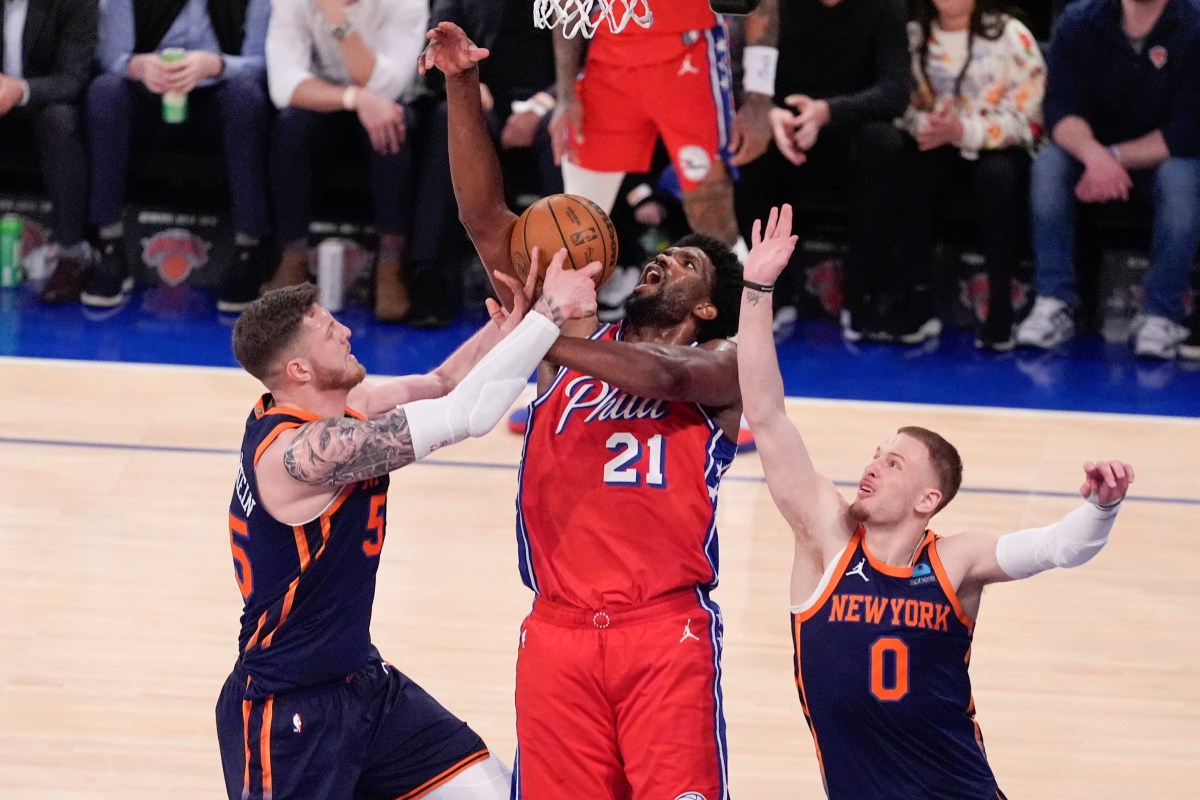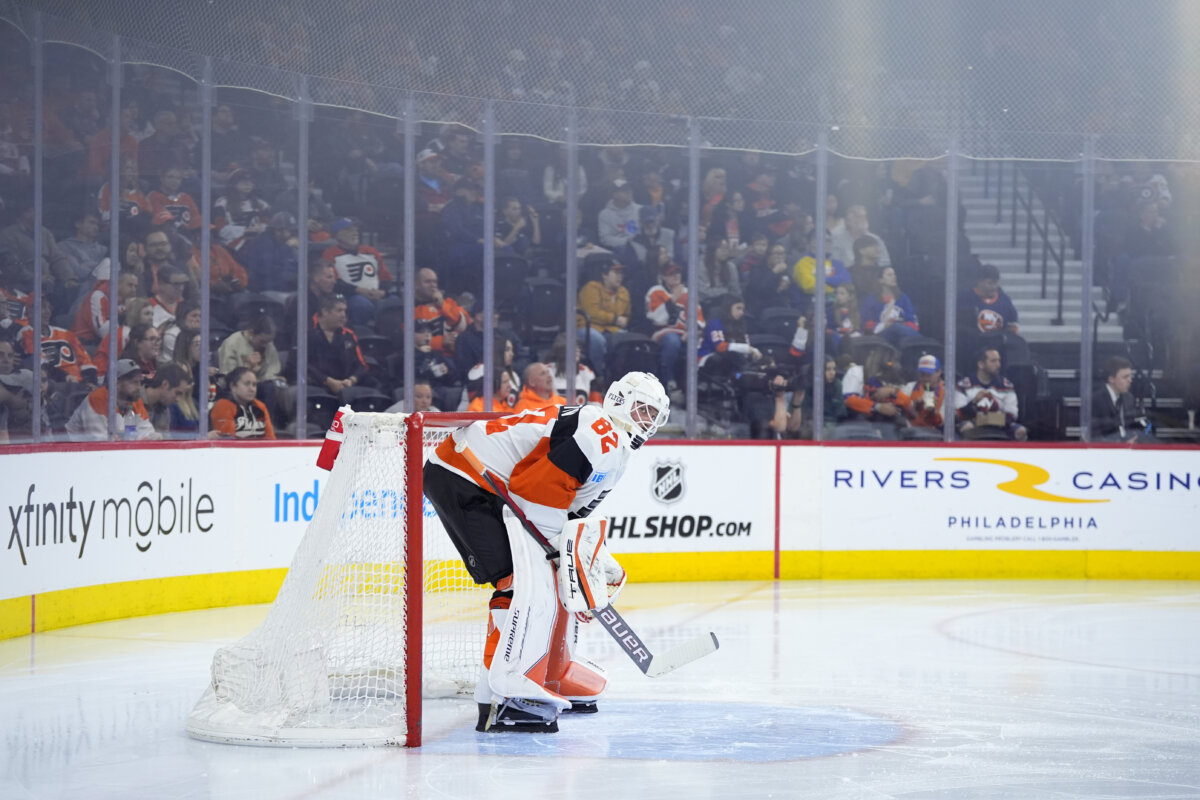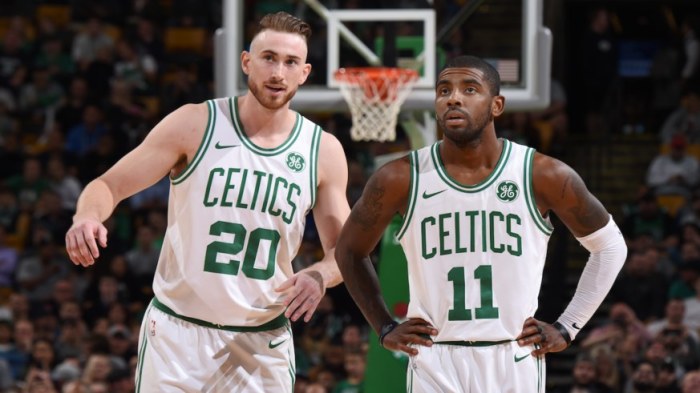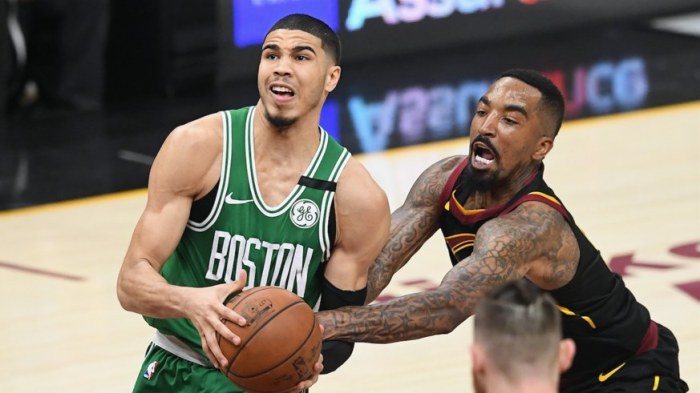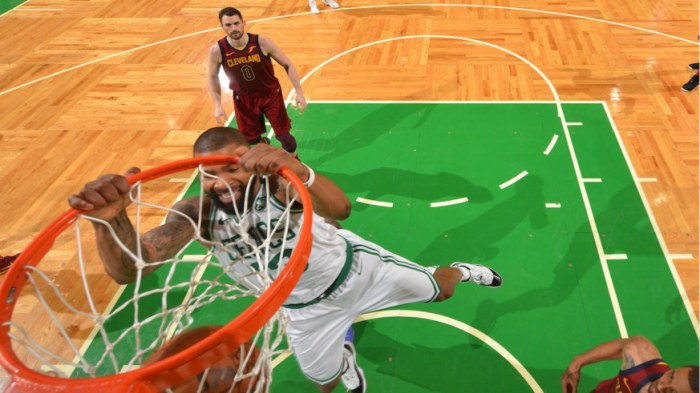The Celtics found themselves down two points to begin the third quarter in Wednesday’s game against the Timberwolves.
That’s when the $113 million dollar man Al Horford made his move to the paint against 21-year-old phenom Karl-Anthony Towns, drawing a foul while knocking down the hook shot. He’d hit the free throw to give the C’s the one-point lead. After the Wolves answered with a bucket, Horford put the C’s up again on an alley-oop by Avery Bradley.
This time, the lead stuck. Not long after, Horford found an open Bradley for three in transition to give Boston a five-point lead, and then scored the game’s next basket from deep to put Boston up eight. Minnesota crawled back, but never enough to retake the lead.
It was refreshing to see Horford as a pretty big focal point of the offense not only in that stretch, but also for the majority of the game. He finished with 20 points, nine rebounds and eight assists. Those stats should be seen as gravy to what Horford brings to the table on most nights.
And by now you feel one of two ways about this article:
1) Ugh, are we really going to pretend Al Horford is worth it?
2) Yes! Someone actually gets Horford’s value!
Well folks, if you fall in the second category … happy Friday!
So let’s address the #haters.
“He doesn’t score!”
No, Horford isn’t going to “take over” games. He’s not “going for 30”. Heck, he’s barely going for 20 … and that’s OK. He’s had two seasons where he’s averaged over 17.0 points. So, relax. Yes, he’s shooting a career-low 46.2 percent from the field. But remember his game has stretched out well outside the paint and to the 3-point line over the last two seasons, contributing to a lower overall field goal percentage. For what it’s worth, Horford is a 35.5 percent 3-point shooter. He’s one of eight listed centers that takes at least three 3-pointers a game, and ranks fourth in field-goal percentage amongst them. Stretch bigs are where the league has gone, folks. It’s about spacing. The years of the dominant big man running the show down low are over.
And he’s not going to be Isaiah Thomas, who has led the Celtics in scoring a whopping 32 straight games (fourth-most since 1976-77 NBA/ABA merger, according to Elias Sports Bureau).
While Thomas deserves a ton of credit for the scoring performance he’s put on this year, he’d be the first to tell you that teammates like Horford allow for it.
“He doesn’t even shoot!”
Despite averaging 32.7 minutes per game, Horford only averages 12.0 shots per game.
But what some people may fail to see is that he’s still a big part of the offense regardless. Horford’s five assists per game are a career-high, and he leads all NBA centers in assists. He’s a facilitator. In fact, here’s what Avery Bradley told reporters about Horford’s passing after Wednesday’s game: “He might be the best passer on our team, one of the best passers in the NBA, to me. His playmaking ability is amazing.” Should you want Horford to be more assertive at times? Yes. We’ll give you that.
But if you still don’t understand Horford’s worth, here’s one more stat for you: Horford and Crowder are the only players who show up on the top seven five-man Celtics lineups (minimum 50 minutes of court time) based on net rating, which measures a team’s point differential per 100 possessions. Translation: The Celtics’ seven most effective lineups include Horford.
It’s no wonder he’s second on the team in plus-minus (plus-3.4 point differential) behind Crowder (plus-4.2).
So while Horford’s numbers may not jump out of the box score on a nightly basis, he’s doing what the Celtics need him to do to play winning basketball.
And once the playoffs come around, that’s all that matters.
In defense of Celtics’ expensive big man Al Horford
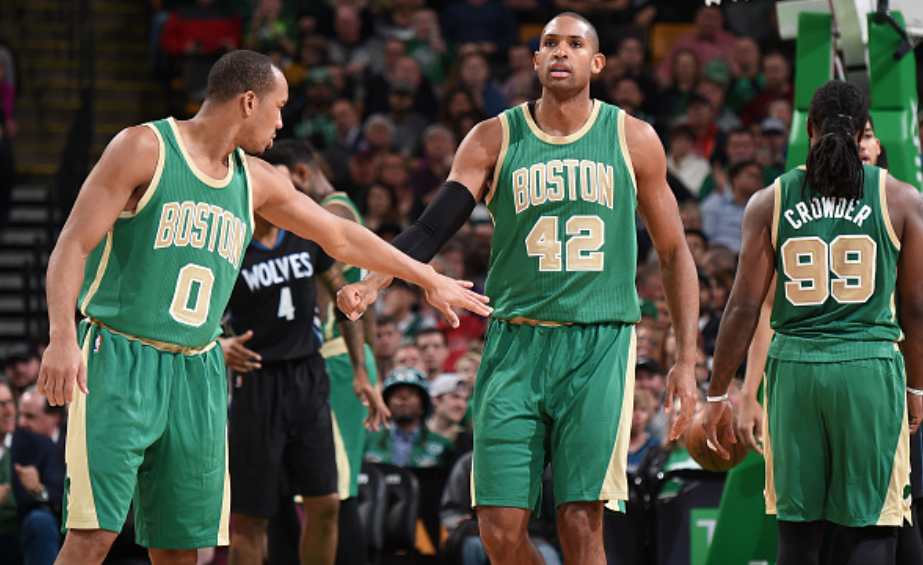
Getty Images

